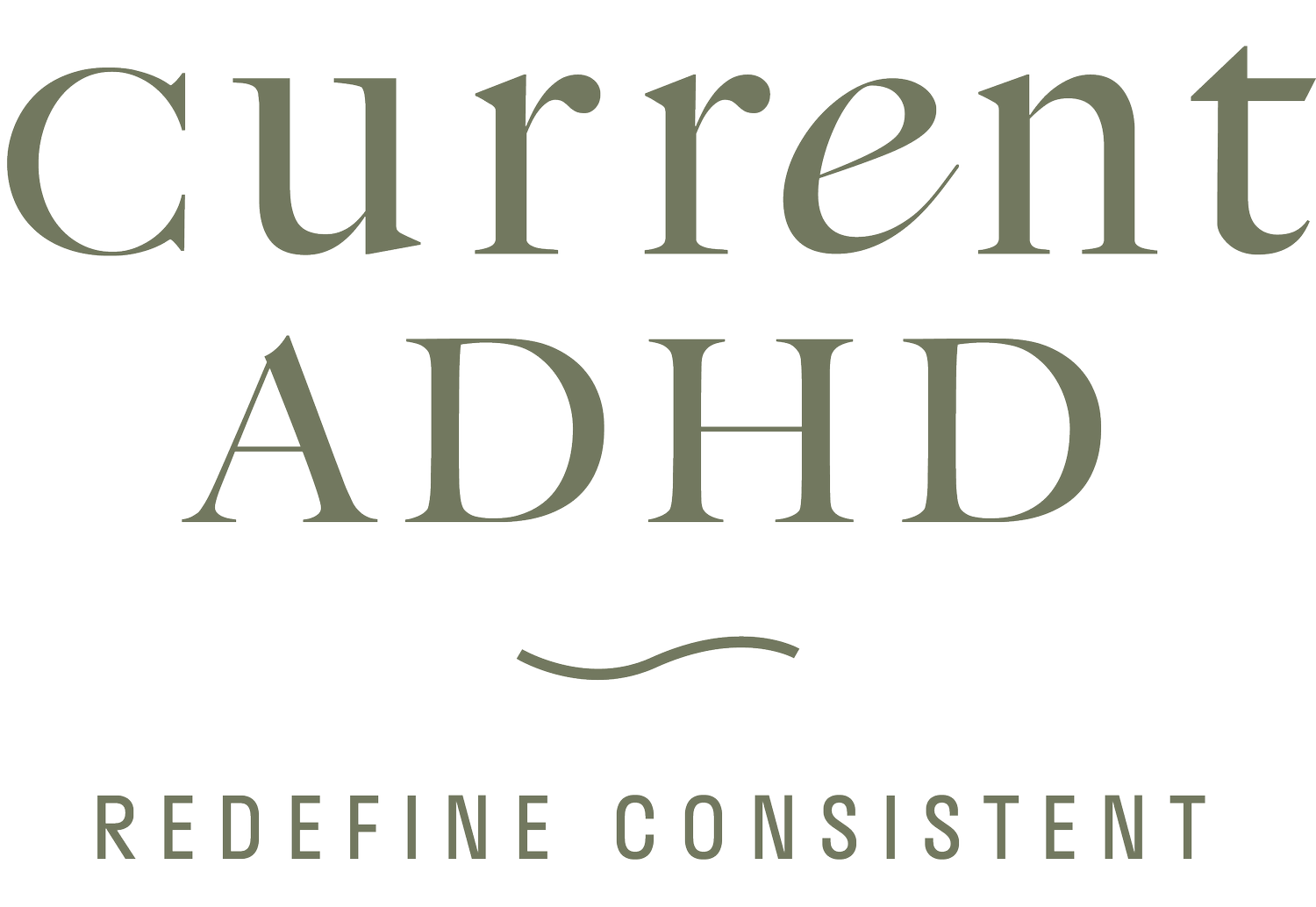Current ADHD Coaching’s Favorite Resources: Part 3
Part III: Troubleshooting
Clarity is key—replace vague terms like "do" or "clean" with specific actions that you can tackle immediately. Remember, having the right tools is crucial, but knowing how and when to use them is even more important.
If you need help…
breaking down a task, try Goblin.tools.
If your to-do list has words like: do, figure out, start, finish, clean, etc, then the task is likely not clear enough to be effective. When tasks are too big, they can be overwhelming, so ask yourself, “What is one tiny step I can do now and what does complete look like?” If you don’t know how to begin a project, let goblin.tools step into break down the full project into manageable, bite-size tasks until it feels doable.
If you need help…
clearing mental space, try cognitive offloading.
If you need to free up mental space, try something called cognitive offloading, aka using an external tool to hold information. My favorite of course is the brain dump! Write down everything that is swirling through your head onto a piece of paper. One of the reasons I love the brain dump is because it is so simple. But, you can also get a little more fancy and technical with cognitive offloading. A few examples include using a smart divide like Alexa to create lists while you are around the house, create templates for recurring tasks, or email or text yourself when you think of something you want to remember.
If you need help…
getting started, try The Pomodoro Technique.
What is the Pomodoro technique? It’s a time management technique that involves working in focused intervals (typically 25 minutes) followed by short, timed breaks to boost productivity and maintain concentration. Here’s how it works:
Name a clear and specific task
Set a timer for 25 minutes
Work exclusively on the intended task
Take a 5 minute break (movement or brain break, not scrolling or other tasks)
Repeat
Why does it work? It offers both structure and room for flexibility, and it encourages you to break tasks into manageable chunks. It also builds in breaks, which reduces stress, prevents burnout, and increases focus.
If you’re still feeling stuck, a bit of awareness can go a long way. As yourself, “If I had to guess, what is it that’s standing between me and the thing I’m trying to accomplish right now?” Consider setting a timer for one minute and just sit with this question. See what your brain throws at you. It could be helpful information that will help you move in the direction you want to go.
Finally, all the tools in the world won’t help if you don’t know how to use them in the way that’s effective for you. You can have a garage full of power tools, but if you don’t know how to turn them on, they’re useless. The same is true for strategies or resources we are encouraged to use to manage our ADHD. If you think you need a screwdriver, but what you really need is a hammer, you might begin to believe that the screwdriver is a useless tool.
Let’s take that same garage full of power tools. Imagine you picked one up, tried to use it and nothing happened so you decide that none of the tools work, when really, the batteries just need to be changed. That’s similar to what happens when we try something a couple of times and it doesn’t seem to help. Everything can be different once you gain enough awareness to know when and how to use the tools in a way that makes sense for you but you’ll never get there if you rule them out forever.
If you need support in finding the right resources and tools for you, book your free consultation and let’s chat.
